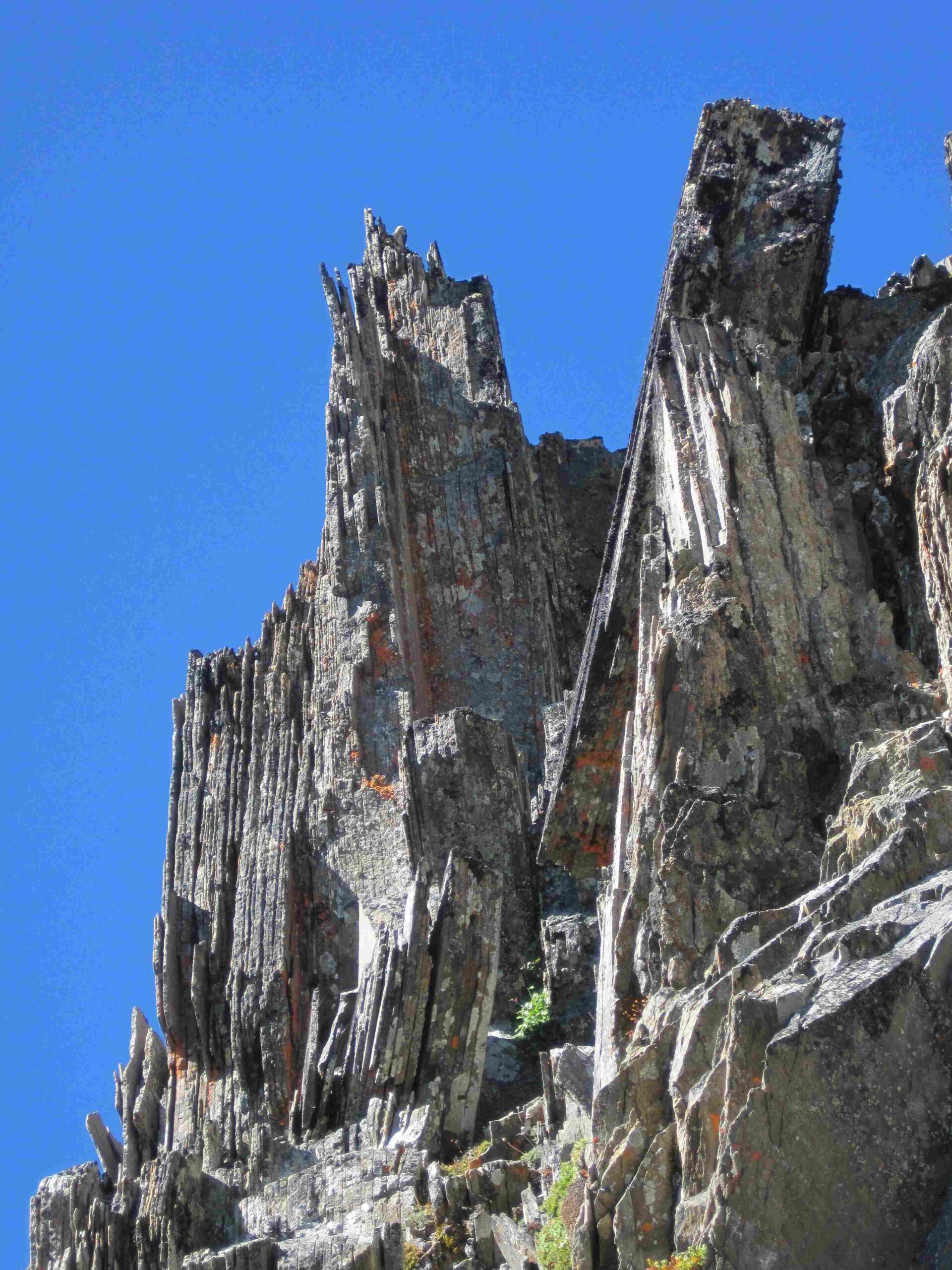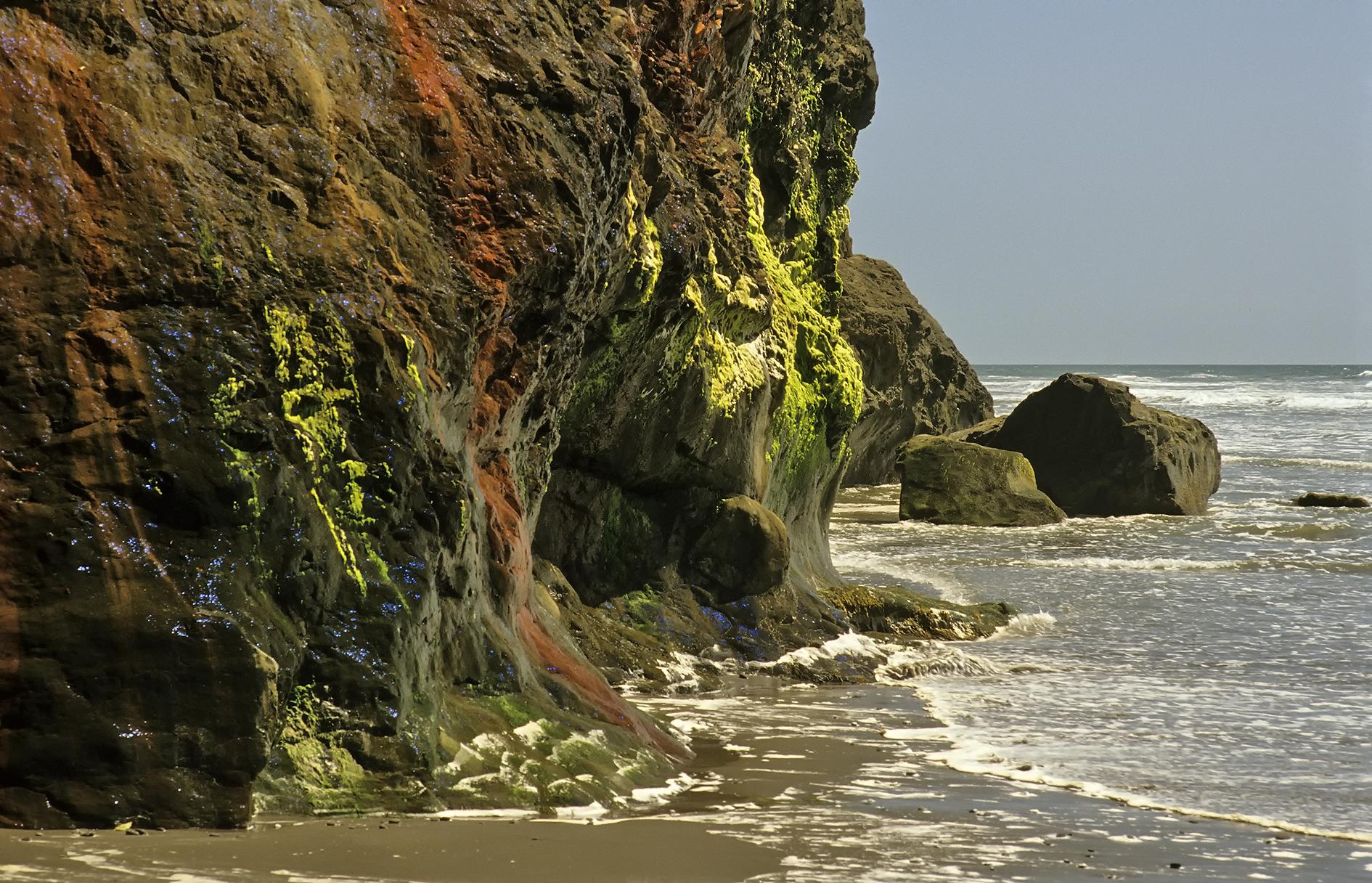Dodger Point in Olympic National Park offers a challenging yet rewarding hiking experience. Located in the heart of the park, this trail leads to a historic fire lookout with panoramic views of the Olympic Mountains and Strait of Juan de Fuca. The 12-mile round trip hike involves significant elevation gain and traverses diverse terrain, from lush forests to alpine meadows. Despite some access challenges due to road conditions, Dodger Point remains a popular destination for experienced hikers seeking solitude and breathtaking vistas in one of America’s most diverse national parks.
What is the Trail Access and Information for Dodger Point?

Trailhead Location and Parking
The trail to Dodger Point begins from the Elwha River Road, accessible from US Highway 101. From Port Angeles:
- Follow US Highway 101 west for 8.7 miles
- Turn left onto Elwha River Road (Olympic Hot Springs Road) just before the Elwha River bridge
- Park at the Elwha Campground or designated areas along the road
Note: Vehicle access past Madison Falls Trailhead parking is currently restricted due to a road washout.
Required Permits and Fees
- Olympic National Park entrance fee or valid America the Beautiful annual pass
- No specific permits for day hiking
- Wilderness camping permit required for overnight stays (obtain from Olympic National Park’s Wilderness Information Center)
What Views Can You Expect from Dodger Point?

The hike to Dodger Point offers stunning vistas, particularly from the historic fire lookout at the summit. Key features include:
- Elevation gain: Approximately 1,500 feet
- Panoramic views of:
- Olympic Mountains
- Strait of Juan de Fuca
- Surrounding wilderness areas
- Notable landmarks:
- Elwha River valley
- Olympic National Park mountain peaks
- Canadian Rockies (visible on clear days)
What are the Camping Regulations at Dodger Point?
For those planning an overnight stay, here are the essential camping regulations:
| Regulation | Details |
|---|---|
| Designated Areas | Camping allowed at designated sites, including Dodger Point Camp |
| Maximum Stay | 7 days in any 30-day period |
| Fire Regulations | Subject to restrictions; check current conditions before trip |
| Permits | Wilderness camping permit required (obtain from Wilderness Information Center) |
How Difficult is the Hike to Dodger Point?
Trail Characteristics
- Length: Approximately 6 miles one way
- Difficulty: Moderate
- Terrain: Forested areas, meadows, steep sections
- Average completion time: 4-6 hours one way
Specific Challenges
- Steep sections and uneven terrain
- Potential weather challenges (rain, snow at higher elevations)
- Muddy and slippery conditions in wet weather
- Adjusted route may be necessary due to road washout
What Should Hikers Prepare for at Dodger Point?
- Physical Preparation
- Build endurance for a 12-mile round trip hike
-
Practice hiking on varied terrain
-
Essential Gear
- Sturdy hiking boots
- Weather-appropriate clothing (layers recommended)
- Plenty of water and snacks
- Navigation tools (map, compass, GPS)
-
First aid kit
-
Weather Considerations
- Check forecast before departure
-
Be prepared for sudden weather changes
-
Wildlife Awareness
- Familiarize yourself with local wildlife
-
Carry bear spray and know how to use it
-
Leave No Trace Principles
- Pack out all trash
- Stay on designated trails
- Respect wildlife and plant life
How Can Hikers Maximize Their Experience at Dodger Point?
- Start Early
-
Begin your hike in the morning to allow ample time for the round trip
-
Take Breaks
-
Plan regular rest stops to enjoy the scenery and prevent fatigue
-
Photography Opportunities
- Bring a camera to capture the stunning views
-
Best light for photography is often early morning or late afternoon
-
Learn About the Area
- Research the history of the Dodger Point fire lookout
-
Identify local flora and fauna along the trail
-
Safety First
- Inform someone of your hiking plans
- Carry emergency communication device if possible
By following these guidelines and preparing adequately, hikers can safely enjoy the challenging but rewarding journey to Dodger Point in Olympic National Park, experiencing some of the most spectacular views the park has to offer.
References:
1. Dodger Point Way Trail – National Park Service
2. Dodger Point via Long Ridge Trail, Washington – AllTrails
3. Dodger Point – TrailChick

